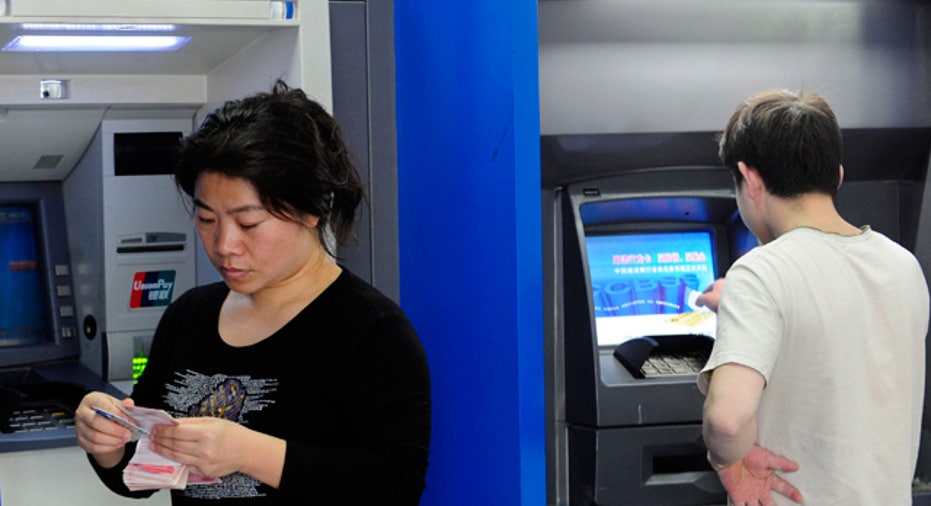ATM Fees March Upward in 2011

If you decide to skip the search for an ATM bearing your bank's logo, beware. You'll be paying a record fee for the privilege this year.
he 2011 edition of Bankrate's Checking Survey shows ATM fees rising to record highs for the seventh consecutive year. The average fee banks charge noncustomers to use their ATMs rose 3%, from $2.33 in 2010 to $2.40 in 2011. The most common fee charged is now $3.
In contrast, the fee a bank charges its own customers for drawing money out of another bank's ATM stayed flat at $1.41.
Total, you'll get dinged an average of $3.81 for using an out-of-network ATM, according to Bankrate's 2011 Checking Survey. This is the total charge levied by both banks -- yours and the out-of-network bank.
An almost annual record for ATM fees isn't that unusual, says Greg McBride, CFA, Bankrate's senior financial analyst.
"The ATM surcharge is almost universal, and it's been that way for years," McBride says. "The fee increasing every year is a function of somebody planting a flag every year and moving their fee up to that next threshold."
McBride says banks look to raise the ATM fees that people will accept, and they usually succeed.
"A few years ago, Bank of America moved to the $3 surcharge, which at the time was uncharted territory. Now, it's the most common surcharge that we find in the survey," he says. "There was a lot of negative reaction at the time, but it didn't take long before the industry embraced it."
And while ATM surcharges aren't popular with consumers, banks see charging fees to noncustomers as a way to realize a profit on the investment they've made in ATMs, says Ajay Nagarkatte, managing director of BAI Research.
"Bank of America spends a lot of money on its ATM network and the innovations behind that network, and so when somebody who's not part of that banking system comes in to withdraw cash, (banks) don't necessarily want to subsidize that withdrawal because the network was built for the sake of their customers," he says.
Still, there are ways for consumers get around ATM fees, McBride says. He suggests planning withdrawals a few days ahead, so you can stop by your bank's ATM while you're running weekly errands. That way, you can avoid being caught short of cash and having to turn to another bank's ATM.
If you do find yourself out and without the cash you need, many smartphone banking apps and mobile websites also have ATM locators that can help you find a nearby, in-network ATM, he says. Alternatively, you can get cash back at the point of sale with a minor debit card purchase at a drugstore, grocery store or other retailer.
The study's data come from surveying the five largest banks and five largest thrifts in 25 of the nation's biggest markets from Aug. 1-12, 2011. We asked those institutions about terms on one generic noninterest account and one interest-bearing account for the general consumer.



















